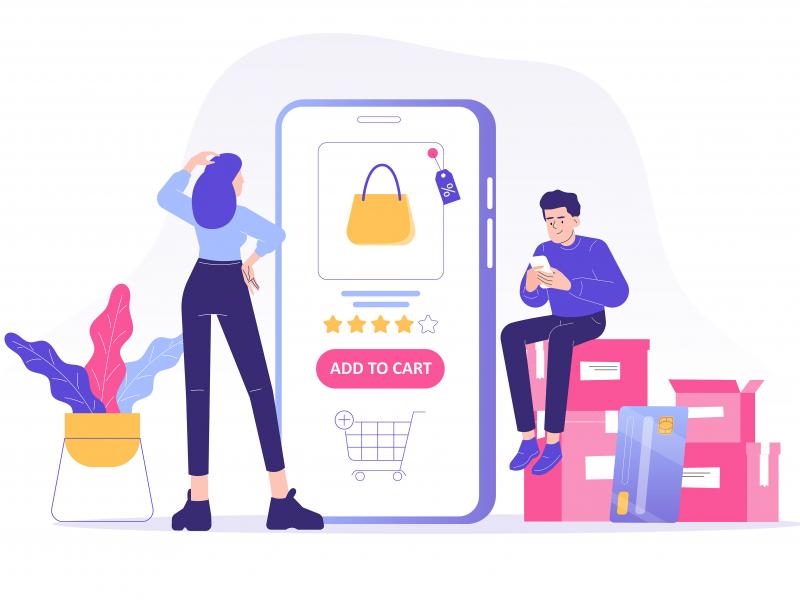Leveraging the Internet for export success is all about sticking to six key fundamentals.
Kiwi companies in the business of exporting know the high cost of putting people ‘on the ground’ in targeted sales territories. So it’s time to look at the methods for optimising your website for international success, supplementing your sales team with an online presence that shouts ‘world class’ and ‘accessible’, and ultimately generating leads.
1. Be world class.
As Kiwis, we stand alongside the best in terms of ingenuity and innovation, but sometimes we forget that our ‘shop window to the world’ needs to be created appropriately. All too often, opportunities are lost purely due to a lack of confidence on the prospects’ behalf, because the website lets itself down.
The Internet is a great leveller. It’s relatively easy for a New Zealand company to have a world-class website representing their brand, products and services and, most importantly, their users online, subsequently standing tall alongside the big international competitors.
2. Target content for your specific markets.
Export sales effectiveness is dramatically increased if you:
- Speak in your client or prospect’s language;
- Appear professional – ensure your users are presented with a website which is built with their requirements as a top priority.
- Be local – include locally relevant content.
- Understand your target market’s and consumer behaviours.
If you are marketing to different regions and cultures you should utilise a multi-regional website. This is one website which has its content and experience tuned for each region. When you visit the website from a specific region, it automatically presents that region’s content instead of your standard New Zealand content and can tailor the experience to better fit that region’s user behaviours.
Your conversion rate will be higher depending on the comprehensibility and accessibility of your website to your target audience.
3. Be found via search engines.
Most websites receive a significant amount of traffic from search engines. Ideally, your company or brand name is the search term. However, a more generic search term may be used – for example, the type of product or service you’re offering.
Content optimisation is not only from your website, but contained in ancillary pieces like blogs and social media posts. This should result in an increase in good quality traffic to your website.
If you’re marketing to different regions, attention to the best keywords according to your target market is essential. What works for one region may not work for another. This is a simple exercise which can potentially deliver huge ROI.
4. Create relevant content that helps your prospects.
Also known as content marketing, producing content to solve your prospects’ problems is an effective method – for example, an article or white paper about “How to evaluate <your product type>”.
Blogging about your research, product improvements, sales wins and ideas will raise your company profile and help customers find you. Including a resource section and blog on your website and regularly adding content is invaluable in showing leadership, raising your profile, generating authority, and giving prospects confidence in your company. It’s a relatively low cost method (unlike traditional advertising) and continues to work for you over and over again.
5. Put online lead generation on steriods with inbound marketing.
This is one of the hottest digital marketing processes implemented by companies undertaking digital marketing in 2016 and being used by many of our most successful exporting businesses.
Consisting of a cloud based software system integrated into your website, inbound marketing helps automate the nurturing of your online leads through automated publishing of posts about your content. It holds a database of all of your known contacts and prospects and automatically grows this while tracking their progress from interest, to enquiry, to becoming a client.
As useful content is produced, the system promotes this through social media (e.g. Twitter, LinkedIn groups), as well as direct emails. Content is engaged with and prospects are automatically added to your database and followed up via email with further content as programmed in each ‘campaign’.
Typically, companies adopting this method are growing their prospects year upon year, increasing the volume of quality leads delivered to their sales teams.
6. Utilise targeted online advertising.
One of the benefits of online advertising vs traditional advertising is that it can be highly targeted and measured. Google’s Adwords advertising can target people within specific locations, searching for specific keywords which, when matching your advertising parameters, places your ad in front of them. If they click on the ad it takes them to the relevant page on your website and you’re charged a per-click fee which is market driven. For high value products it is particularly cost-effective. It’s easy to set a daily advertising budget limit in the system.
Re-marketing is available through Google Adwords. This means that if someone hits your website and Google registers this, for a period afterwards banner ads powered by Google on other websites will display an ad for you. These can be very effective at warming up a prospect to take action and contact you.
Article supplied by Terabyte – a New Zealand-owned digital agency who partners with Kiwi companies looking to increase their international reach.
For more information: (09) 308 2268 / info@terabyte.co.nz / www.terabyte.co.nz





